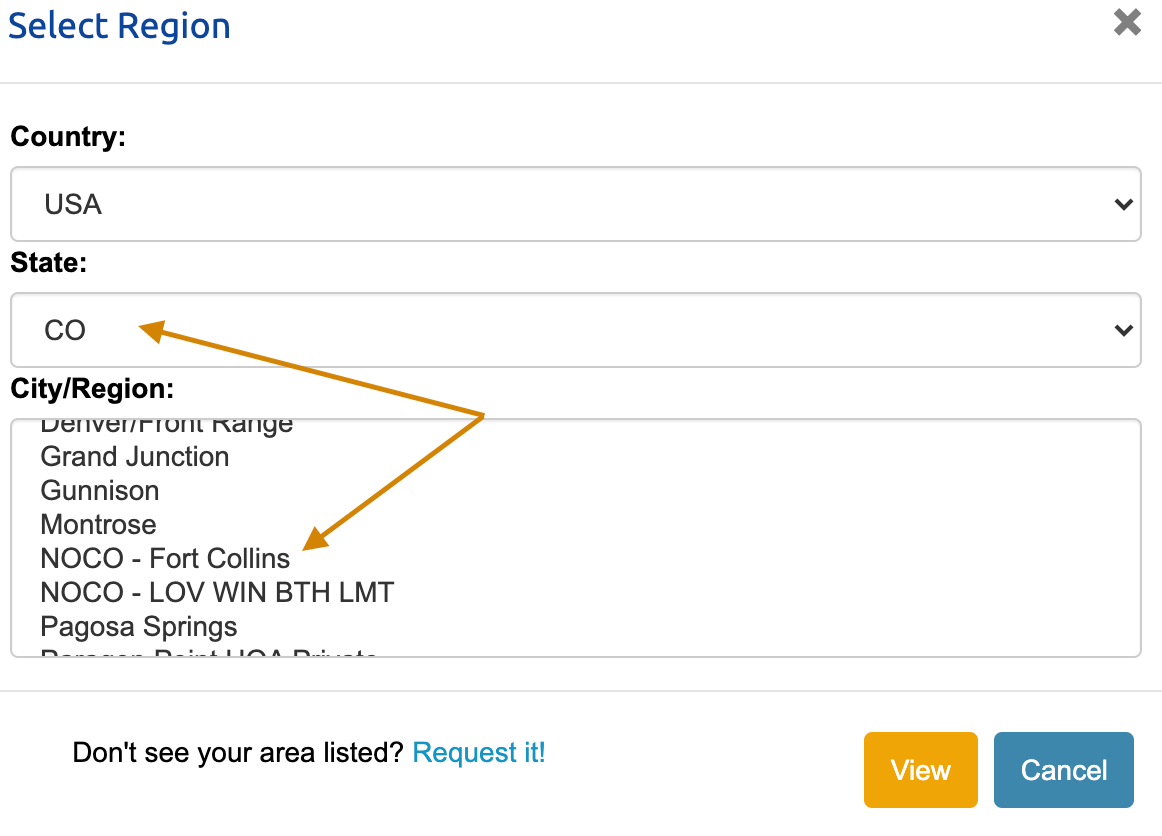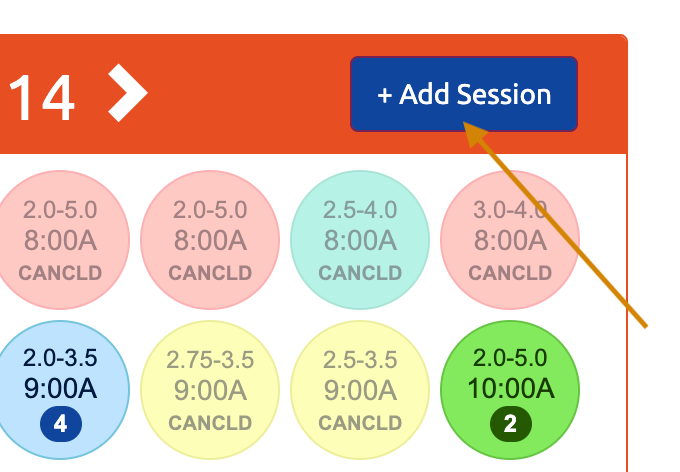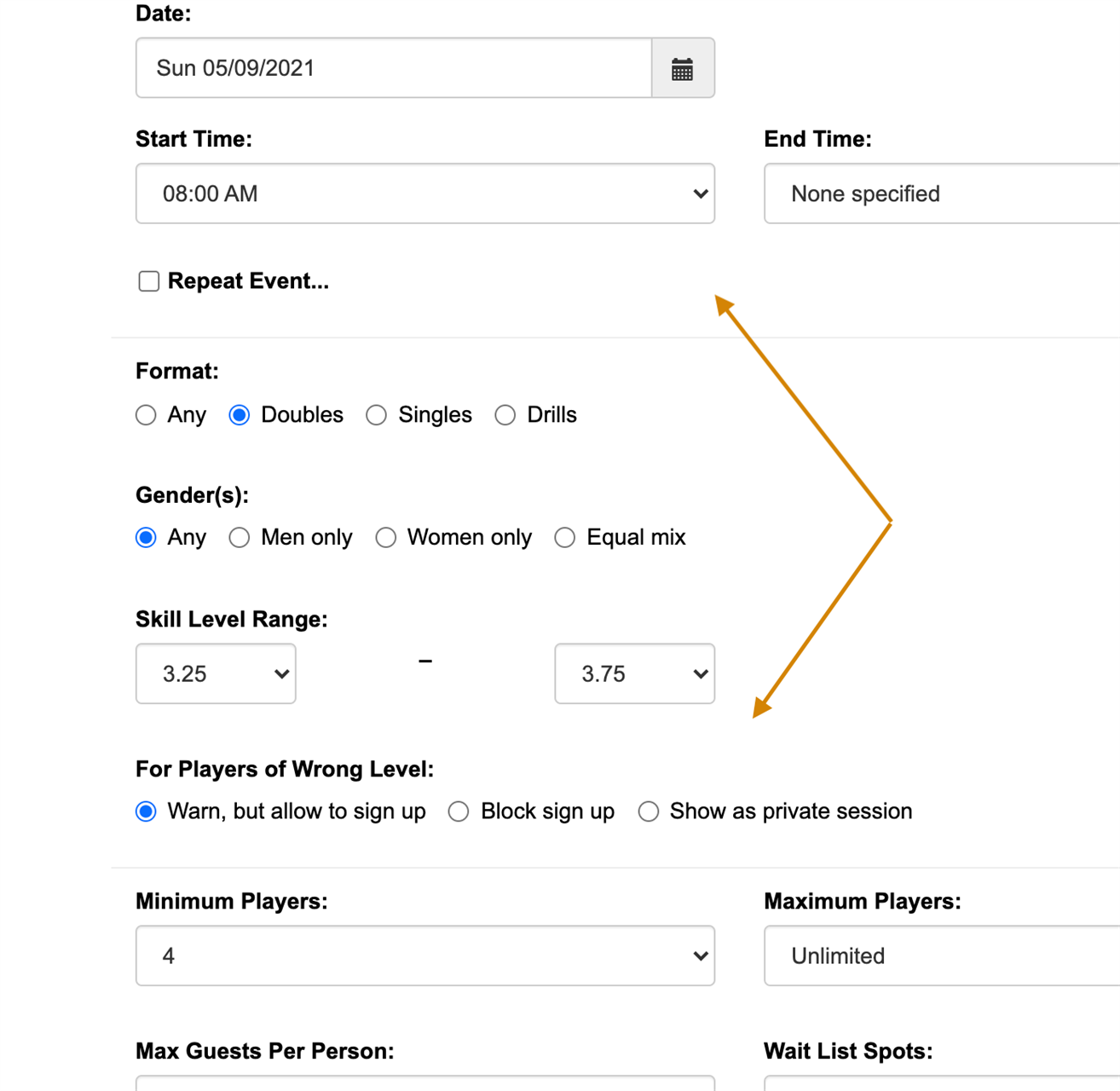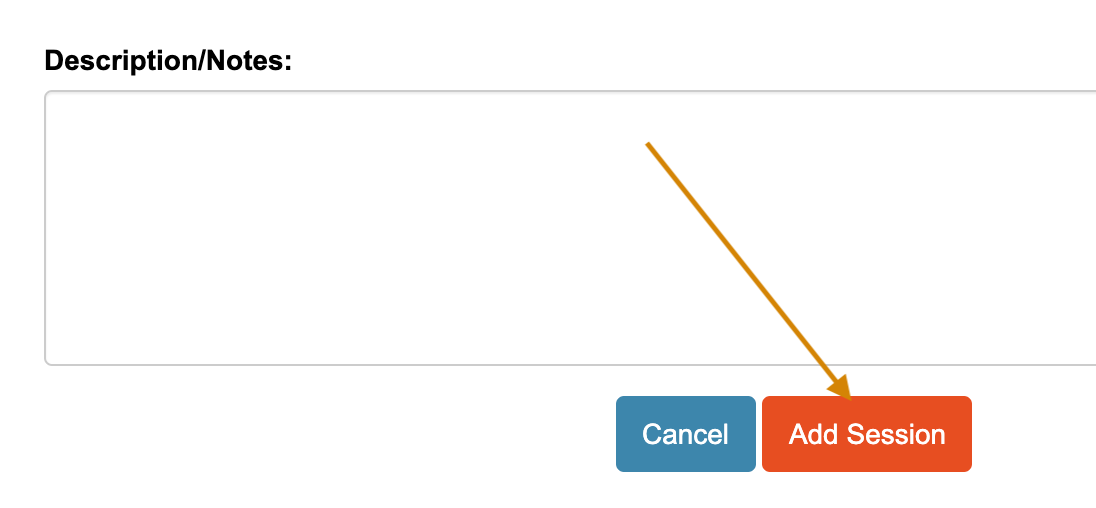|
Quick Start
Lessons
The Club periodically offers intro clinics as well as more advanced clinics, check the events page.
There are private, certified coaches in the area who are happy to give private and group lessons.
The Picklr in Loveland offers free intro sessions and group and private lessons..
Introduction Videos and Explanations
A wealth of info: https://www.playgroundequipment.com/a-kids-and-beginners-guide-to-pickleball/
Video: The basics of the rules
Video: The basics of scoring
Video: USAPA: What is Pickleball?
USAPA: How to play Pickleball – Multiple Basics and Strategies Explained
Where to play
Outdoors
The most popular places to play are Twin Silos, City Park (both with permanent nets) and Spring Canyon Park, Troutman and Westfield (with Club nets in a lockbox).
There are also many parks with court lines painted, but you have to bring your own nets.
Many of these courts are in rough shape, but some are fine. These include:
Beattie, Lee Martinez, Washington, Soft Gold, Cottonwood, Homestead, Rossbourough, Troutman, Fossil Creek and Greenbriar
Here is a link to a map of the courts from the City.
You can reserve courts by contacting Lewis Tennis @ 970-493-7000
Indoors
There is Open Play and Paid Open Play at the indoor City Rec. Dept. facilities, the Senior Center and Northside Aztlan.
Please check their schedules online for times. These are often limited to a certain number of players or reservations are required due to COVID, so make sure you call ahead.
Senior Center Schedule : 970-221-6644
Northside / Aztlan Schedule: 970-221-6256
The Picklr in Loveland: 970-709-7786. This is a commercial facility that is open to all players. Check their schedule.
If you want to schedule a time to play with friends or just an Open Play time for players at your level, try Playtime Scheduler
Regional
Where to play
Outdoors
You can contact their Clubs for more info:
Windsor Pickleball ClubPlaytime Scheduler
This is a 3rd party website that is very popular for scheduling play for groups of similar skill levels.
The Fort Collins Pickleball Club has no input nor control of that site, but we've found it very useful.
Click on PlaytimeScheduler to go to the website.
Create an account.
Click on the little 'world' icon

Select NOCO - Fort Collins

To add a session, click on the '+ Add Session' button.
Then select a park from the first drop down.

Fill out the rest of the fields.
(Please limit the skill levels to as small of a range as possible)

Click the red 'Add Session' button and you are good to go!

PICkleball etiquette
Here are the top 10 etiquette rules for playing pickleball – rules that you won’t find in any official pickleball tournament handbook or rulebook:
When somebody inadvertently hits a ball onto your court from an adjacent court, retrieve it and toss them that same ball that they hit onto your court. Don’t switch balls. I repeat, don’t switch balls.
When retrieving a ball from an adjacent court, make eye contact with someone from that court and then directly toss or hit them the ball. Don’t just hit the ball back into their court without looking. That’s very annoying!
Don’t play keep away from the best player on the other team during rec play just so you can win– they want to play too!
Don’t cross the court behind a match until play has stopped. It’s not only rude, but it can be very dangerous as well.
Don’t chest-bump or be excessive in the celebration when your opponent makes an error. The same goes for the “spectators.” Please don’t clap or cheer when the opposing player misses an easy shot. If, on the other hand, you or your partner made a great play…
If you are obviously the weakest player on the court, thank the other players for playing with you after the game. However, don’t take advantage of their graciousness by staying on the court for an indefinite period of time. More than a game or two will undoubtedly wear out your welcome.
If you are asked to play with a group that is obviously of a lower skill level than you, graciously accept and play a game or two with them. They will likely appreciate your graciousness and understand that you want to get back to similarly-skilled players after the game.
If you are obviously the strongest person in your foursome, tone down the competitiveness and hit your opponents’ balls that they can return. Work on a new skill – perhaps it’s a great time for work on that third shot drop shot.
If you and your partner can’t determine if the ball was in or out – or if you disagree with your partner on a line call – the benefit of the doubt goes to your opponent. Wait! That’s actually an “official” rule!
In recreational play, don’t exploit someone’s physical limitations just so you can “win.” Not cool!
Rules & other info
Here are links to the Official Rule Book and an easier to read version.
